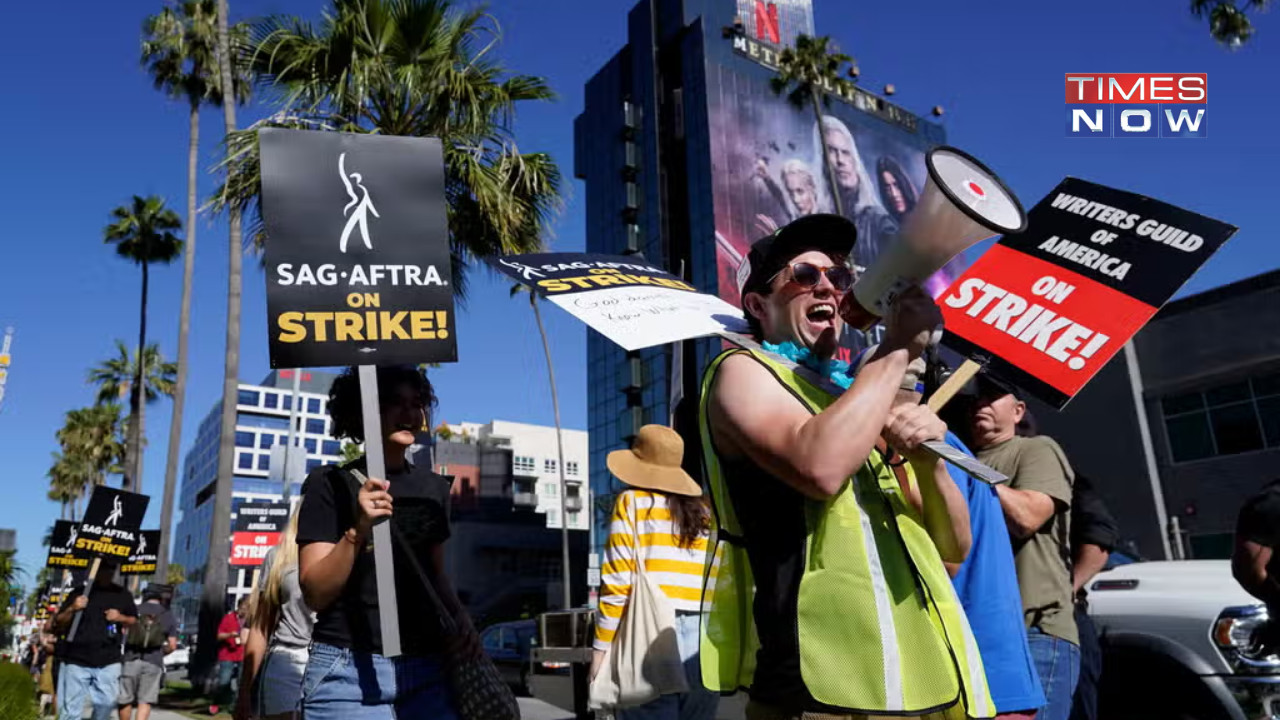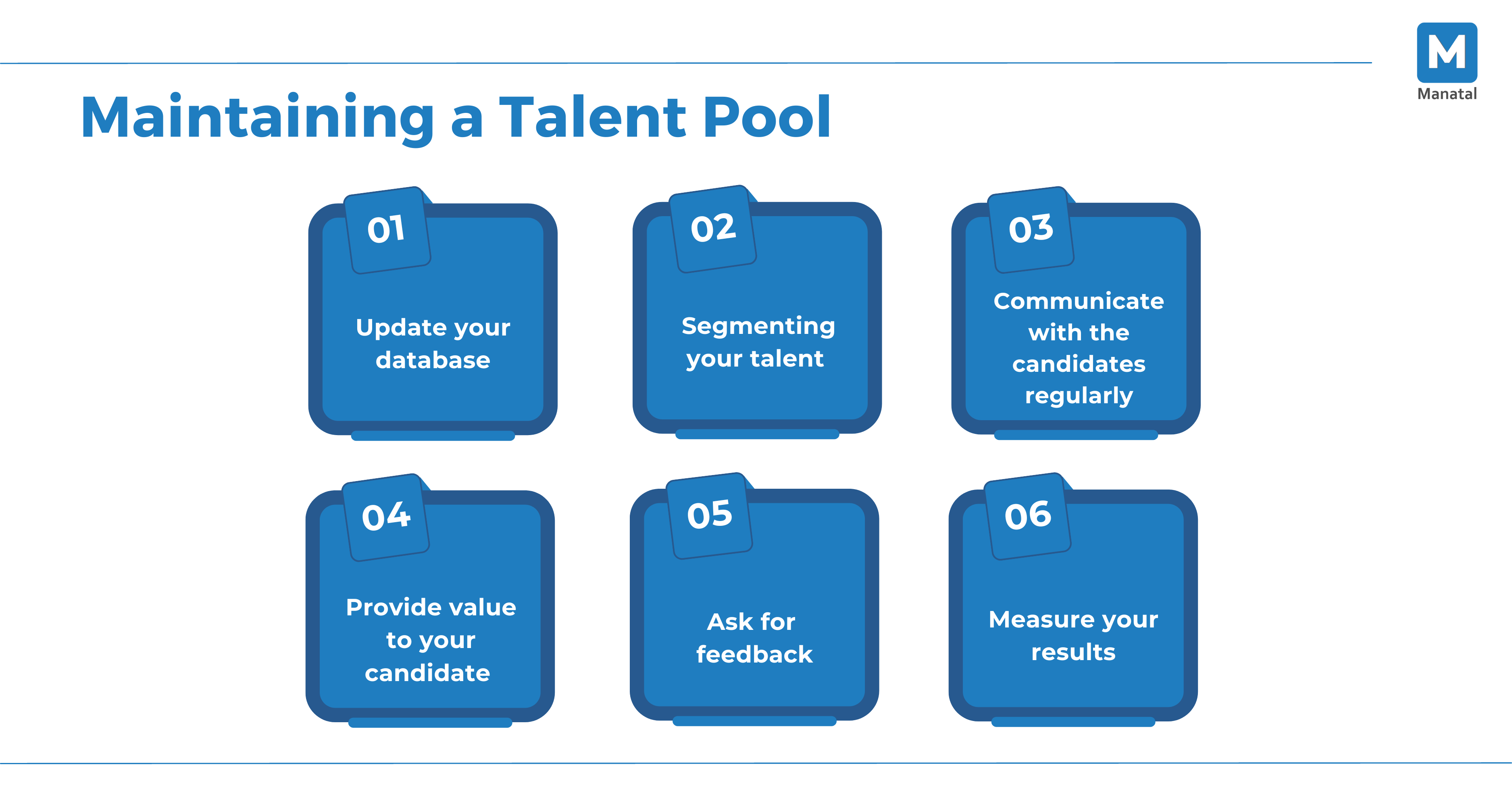Hollywood Production Grinds To Halt Amidst WGA And SAG-AFTRA Strike

Table of Contents
The Causes of the Hollywood Strikes
The current Hollywood strike is the culmination of years of growing tension between labor unions and studio executives. Both the WGA and SAG-AFTRA cite significant concerns regarding fair wages, the impact of streaming on residuals, and the increasing role of artificial intelligence in the industry.
WGA Strike Demands
The WGA strike, which began in May 2023, centers around several key demands aimed at addressing the changing dynamics of the entertainment industry. These include:
- Improved Residuals for Streaming: Traditional residuals for television writers have drastically decreased with the rise of streaming platforms. The WGA seeks a fair compensation model that reflects the increased viewership and profitability of streaming content.
- Minimum Staffing Levels: The WGA aims to combat the practice of understaffing writers' rooms, which impacts the quality of television shows and creates unsustainable workloads for writers.
- AI Safeguards: The rapid advancement of artificial intelligence poses a significant threat to writers' livelihoods. The WGA is demanding protections to prevent the unauthorized use of AI to generate scripts or replace writers.
- Fair Compensation for Short-Form Content: The rise of short-form video content has created a new landscape where writers are often undercompensated for their work. The WGA is fighting for fair pay in this evolving space.
The breakdown in negotiations highlighted a significant gap between the WGA's demands and the studios' offers, leading to the ongoing strike.
SAG-AFTRA Strike Demands
SAG-AFTRA joined the picket lines in July 2023, echoing many of the WGA's concerns while adding their own specific demands:
- Increased Minimums: Actors, particularly those in background roles or smaller projects, often struggle to make a living wage. SAG-AFTRA is seeking significant increases in minimum pay to address this issue.
- Improved Health and Pension Plans: The costs of healthcare and retirement have increased, and SAG-AFTRA is fighting for stronger benefits for its members.
- Fair Use of AI: Similar to the WGA, SAG-AFTRA is concerned about the potential misuse of AI to replace actors' work. They are seeking protections to ensure that actors' performances are not exploited through AI technology.
- Regulation of Self-Tape Auditions: The increasing reliance on self-tape auditions has placed additional burdens and expenses on actors. SAG-AFTRA seeks to regulate this practice to ensure fair compensation and working conditions.
The concerns raised by SAG-AFTRA regarding the devaluation of actors' work in the streaming era further fueled the momentum of the Hollywood strike.
The Impact of the Dual Strike on Hollywood
The simultaneous strikes by the WGA and SAG-AFTRA have resulted in a near-total shutdown of Hollywood production. The impact is far-reaching and multifaceted.
Production Shutdowns
Numerous high-profile film and television productions have been indefinitely delayed or completely canceled due to the strike. This includes:
- Film Projects: Major studio films scheduled for release in 2024 and beyond are facing significant delays.
- Television Series: The production of many network and streaming television series has come to a standstill.
The financial losses incurred by studios and production companies are already substantial and continue to mount daily.
Economic Ripple Effects
The Hollywood strike's consequences extend far beyond the studios and production companies. The economic ripple effects are being felt throughout related industries and local economies:
- Job Losses: Thousands of crew members, including camera operators, gaffers, grips, and set designers, are facing unemployment due to the production shutdowns. This also includes workers in related fields like catering and transportation.
- Economic Impact on Local Businesses: Businesses that rely on the film industry, such as restaurants, hotels, and rental companies, are experiencing significant revenue losses.
- Impact on Tourism: The reduced activity in Hollywood due to the strike also impacts tourism, leading to decreased visitor spending and a slowdown in the local economy.
Potential Resolutions and Future of the Hollywood Strike
The resolution of the Hollywood strike remains uncertain, with significant hurdles to overcome.
Negotiation Attempts and Roadblocks
Negotiations between the unions and the Alliance of Motion Picture and Television Producers (AMPTP) have been ongoing, but key sticking points remain. These include:
- The studios' approach to AI and its impact on writers and actors.
- The determination of a fair compensation model for streaming content residuals.
- The specifics regarding minimum staffing levels for writers' rooms.
Long-Term Implications for the Industry
The Hollywood strike could have profound long-term implications for the industry, potentially reshaping:
- Labor Practices: The outcome of the strike could set precedents for future labor negotiations, potentially leading to improved working conditions and compensation for writers and actors.
- Streaming Models: The strike has highlighted the need for a more equitable distribution of profits in the streaming era. This could lead to changes in how streaming services compensate creators.
- The Use of AI: The strike underscores the need for responsible regulations and ethical considerations surrounding the use of AI in the entertainment industry.
The protracted nature of the Hollywood strike is forcing a reassessment of industry practices and a potential paradigm shift in how the entertainment industry operates in the future.
Conclusion
The Hollywood strike, stemming from the WGA and SAG-AFTRA's demands for fair wages, improved residuals, and AI safeguards, has brought the entertainment industry to a standstill. The economic consequences are significant and far-reaching, impacting not only studio budgets but also countless individuals and businesses in the surrounding communities. The resolution of this dispute will likely redefine the landscape of Hollywood and potentially set a new standard for labor relations in the ever-evolving media industry.
Call to Action: Stay informed about the ongoing Hollywood strike and its developments. Follow the Hollywood strike by checking the official websites of the WGA and SAG-AFTRA for updates. Learn more about the impact of this unprecedented Hollywood production shutdown by following reputable news sources and industry publications.

Featured Posts
-
 Streaming Den Of Thieves 2 Netflix Availability Update
May 13, 2025
Streaming Den Of Thieves 2 Netflix Availability Update
May 13, 2025 -
 Mark Consuelos And Kelly Ripas Live Show Recent Absence And Reactions
May 13, 2025
Mark Consuelos And Kelly Ripas Live Show Recent Absence And Reactions
May 13, 2025 -
 Eva Longoria Es A Bikinik Korosodas Elleni Tippjei
May 13, 2025
Eva Longoria Es A Bikinik Korosodas Elleni Tippjei
May 13, 2025 -
 A Kamera Moegoett 5 1 Filmes Par Akiknek A Viszonya A Gyuloelettol A Szerelemig Terjedt
May 13, 2025
A Kamera Moegoett 5 1 Filmes Par Akiknek A Viszonya A Gyuloelettol A Szerelemig Terjedt
May 13, 2025 -
 Olympus Has Fallen A Deep Dive Into The Action Thriller
May 13, 2025
Olympus Has Fallen A Deep Dive Into The Action Thriller
May 13, 2025
Latest Posts
-
 The Voice Season 27 Episode 3 Adam Levines Performance Analyzed
May 14, 2025
The Voice Season 27 Episode 3 Adam Levines Performance Analyzed
May 14, 2025 -
 Celta Vs Sevilla Minuto A Minuto En Vivo Jornada 35 De La Liga
May 14, 2025
Celta Vs Sevilla Minuto A Minuto En Vivo Jornada 35 De La Liga
May 14, 2025 -
 Cross National Collaboration Reshaping The Eurovision Landscape
May 14, 2025
Cross National Collaboration Reshaping The Eurovision Landscape
May 14, 2025 -
 Eurovisions Increasingly Global Talent Pool A Cross National Analysis
May 14, 2025
Eurovisions Increasingly Global Talent Pool A Cross National Analysis
May 14, 2025 -
 The Rise Of Cross National Artists In Eurovision
May 14, 2025
The Rise Of Cross National Artists In Eurovision
May 14, 2025
